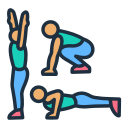Build Real Strength Anywhere: No Weights, No Problem
Selected theme: Strength Training Without Equipment. Welcome to a space where gravity is your training partner, your floor is the platform, and your body is the barbell. Let’s turn small rooms, parks, and spare minutes into measurable, lasting strength—subscribe and share your progress to inspire others.
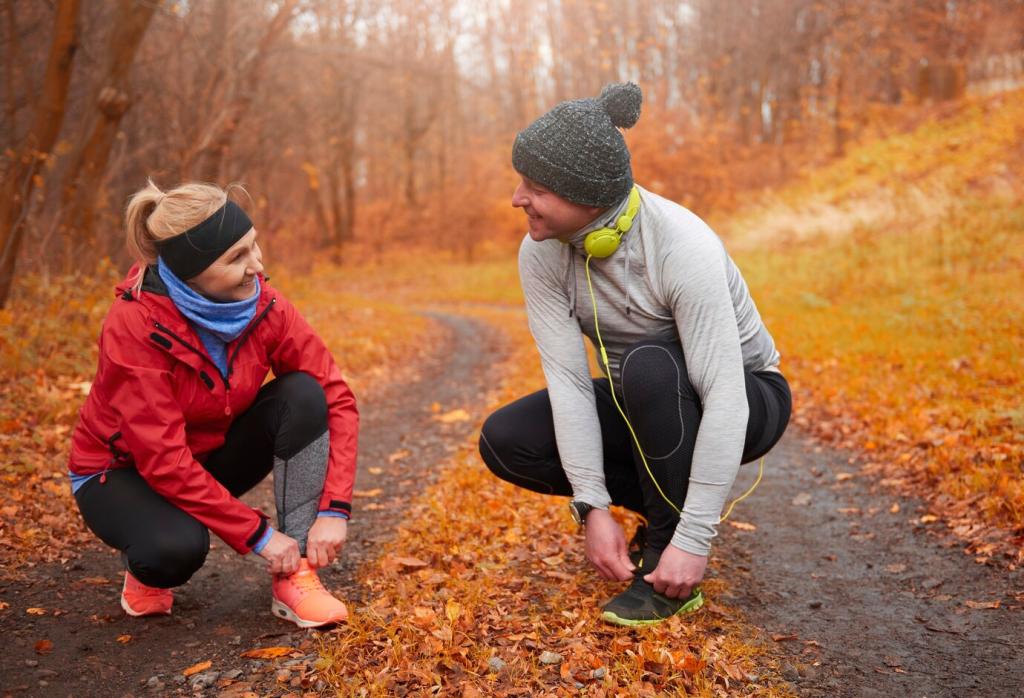

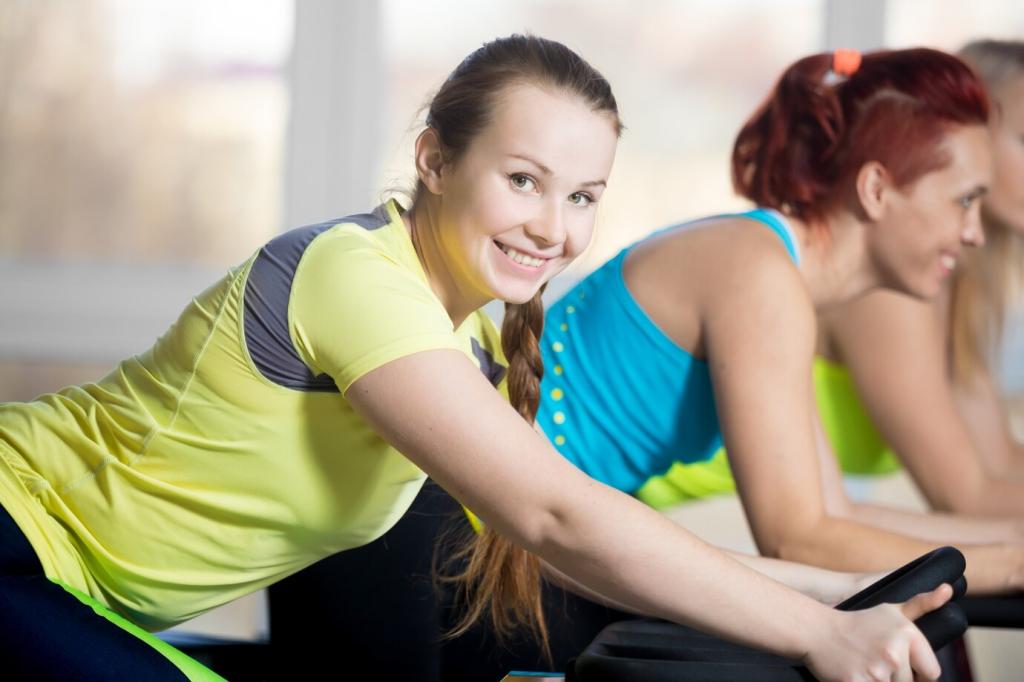
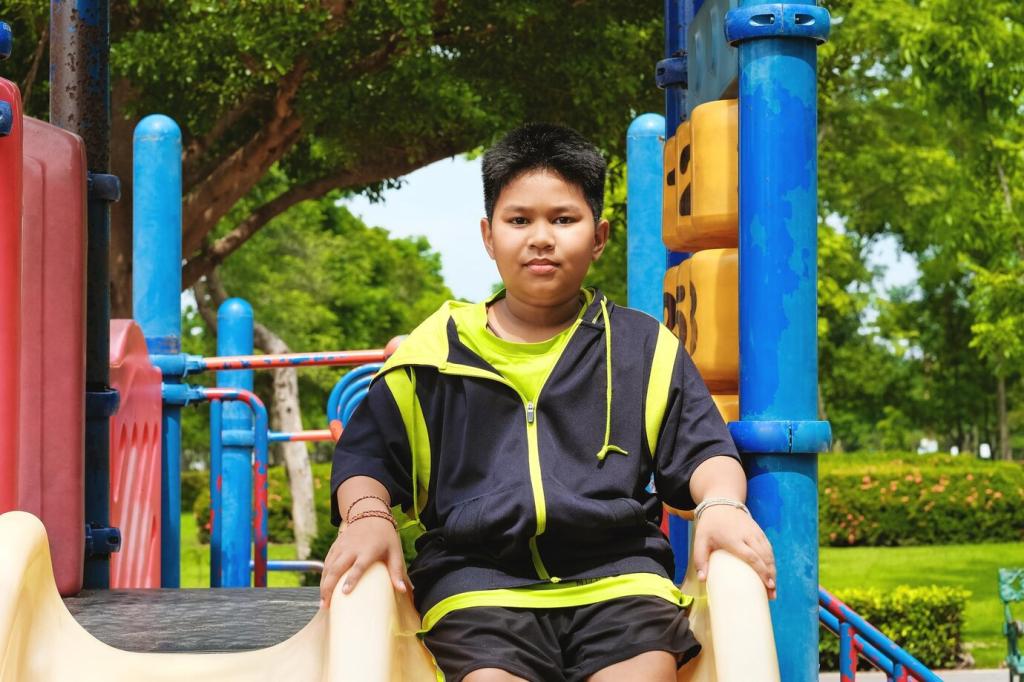
Anti-Extension Mastery
Hollow body holds, dead bugs, and slow-tempo planks teach your ribs to stay down and your pelvis to stay neutral. Exhale fully, lock in, and maintain a gentle shake under control. Aim for quality ten-second repeats, not marathon planks. Post your best hollow hold cue to help a beginner.
Anti-Rotation Stability at Home
Tall-kneeling Pallof-style presses can be mimicked with a towel and door resistance or with partner hand pressure. Without tools, try slow bird-dogs and cross-body crawl holds. Fight the urge to twist, keep hips square, and breathe steadily. Comment how anti-rotation work changed your push-up form.
Breathing That Braces the Core
Inhale through the nose, expand 360 degrees around the lower ribs, then brace as if preparing to be gently tapped in the stomach. Pair this with every squat, lunge, and hinge. You’ll feel stability rise instantly. Teach a friend this breathing trick and tag us with their reaction.
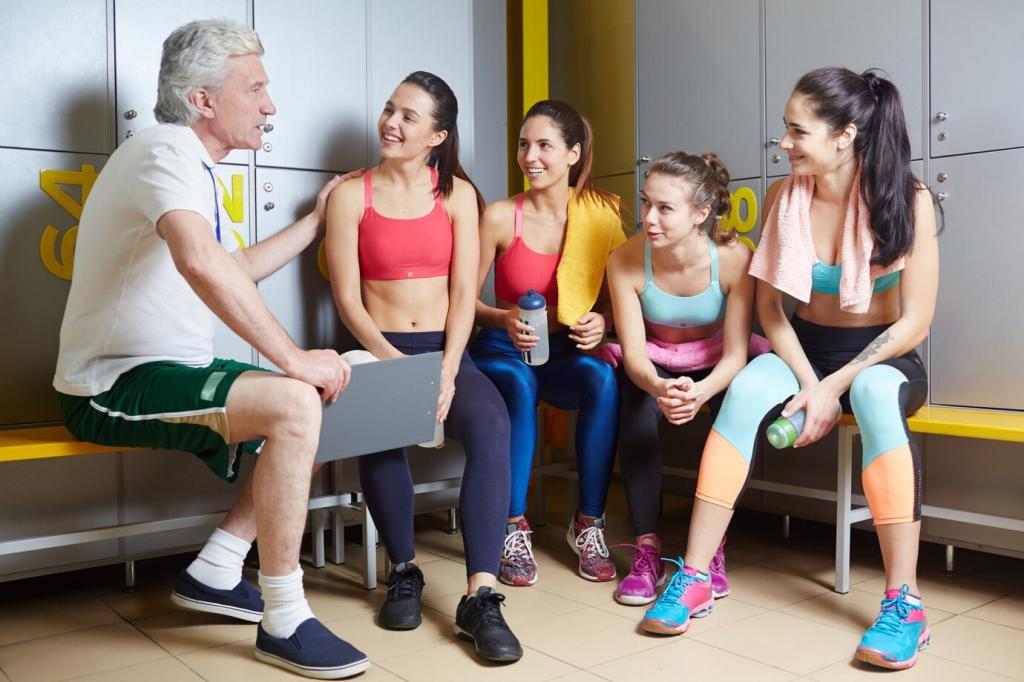
Leg Strength: Squats, Hinges, and Jumps Without Gear
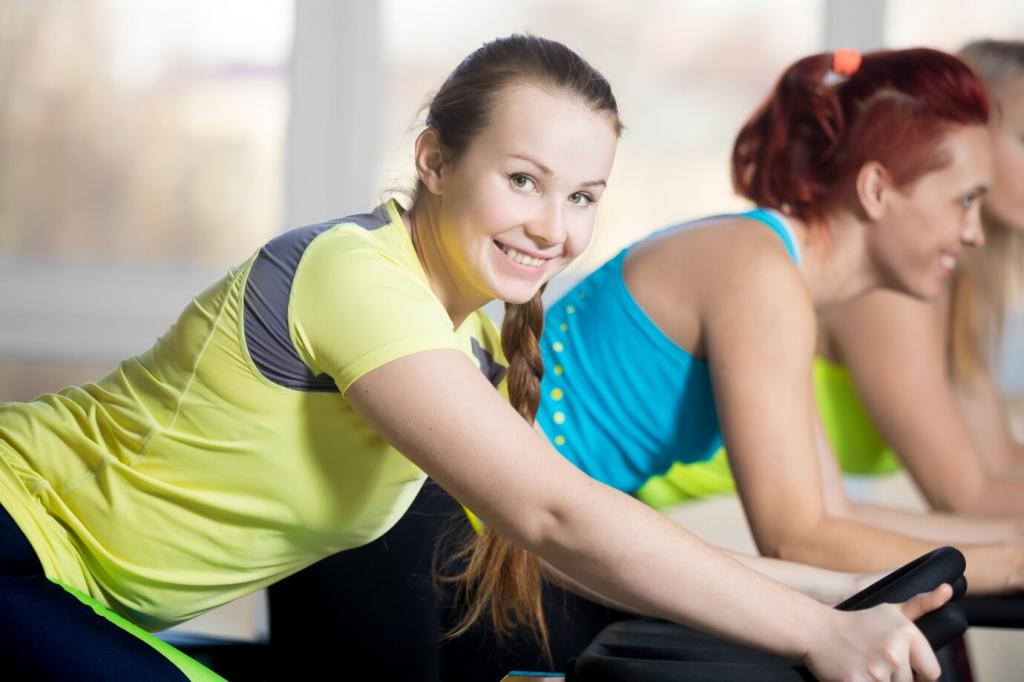
The Squat Spectrum in Small Spaces
Start with sit-to-stand, move to tempo air squats, then add pauses and heels-elevated variations using a book. Progress to split squats and Bulgarian splits using a chair. Keep knees tracking over toes and chest tall. Share your favorite home squat hack that made depth feel more natural.
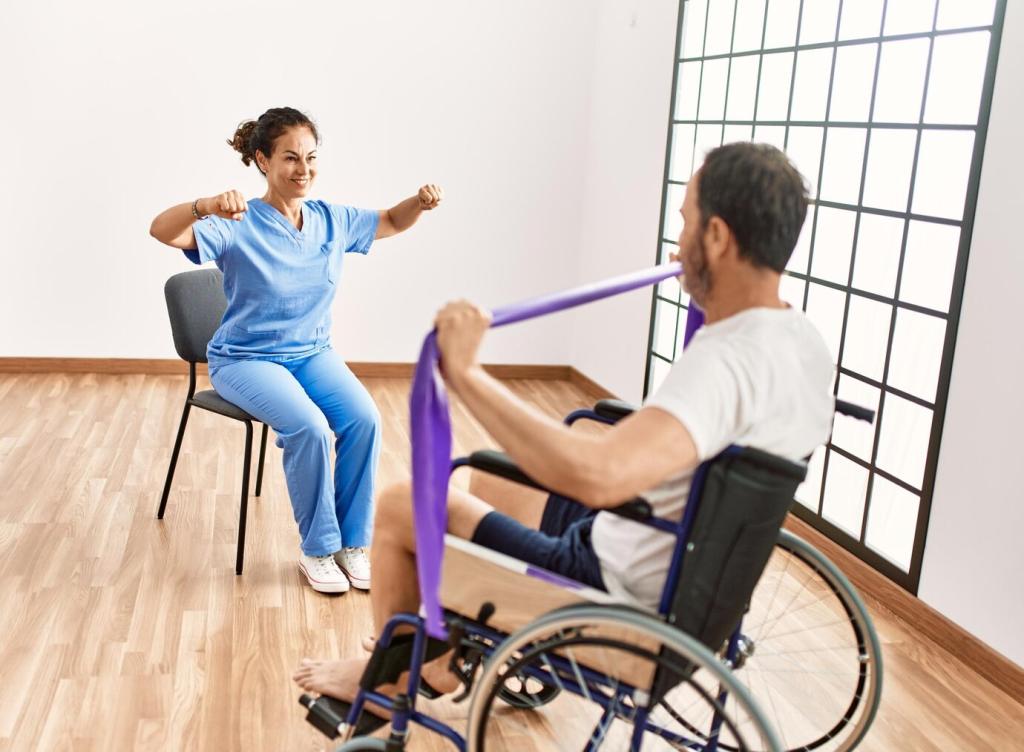
Hinge Patterns for Posterior Chain Strength
Hip hinges train glutes and hamstrings without load: wall-tap hinges, single-leg Romanian deadlifts, and reverse tabletop bridges. Drive hips back, keep a long spine, and squeeze at lockout. Add slow negatives to build serious control. Which hinge cue gave you the biggest hamstring wake-up? Tell us below.

Power with Safe Plyometrics
Introduce pogo jumps, snap-downs, and small box step-offs to teach landing mechanics before broad or vertical jumps. Land softly, knees aligned, hips back, and absorb through the midfoot. Keep volume low, intent high, and rest generously. Comment your first clean, quiet landing moment—it matters more than height.
Push-Up Progressions That Never End
From incline push-ups on a counter to standard, decline, archer, and tempo push-ups, the ladder is long. Keep elbows at about forty-five degrees, pack shoulders, and drive the floor away. Finish sets one rep shy of failure. Share your favorite progression and tag a friend who needs a win.
Pulling Options Without a Gym
Use sturdy table rows, towel rows around a secure pillar, or doorframe isometric pulls with absolute safety checks. Keep a straight line from head to heels and squeeze your back at the top. Progress by lowering the angle. Drop a comment about your safest home rowing setup to help newcomers.
Scapular Strength for Bulletproof Shoulders
Practice scapular push-ups, prone Y-T-Ws on the floor, and slow wall slides to restore upward rotation and stability. Feel the lower traps engage as the neck stays long. Healthier shoulders mean stronger presses and pulls. Share your daily three-minute scap routine to build a stronger community habit.
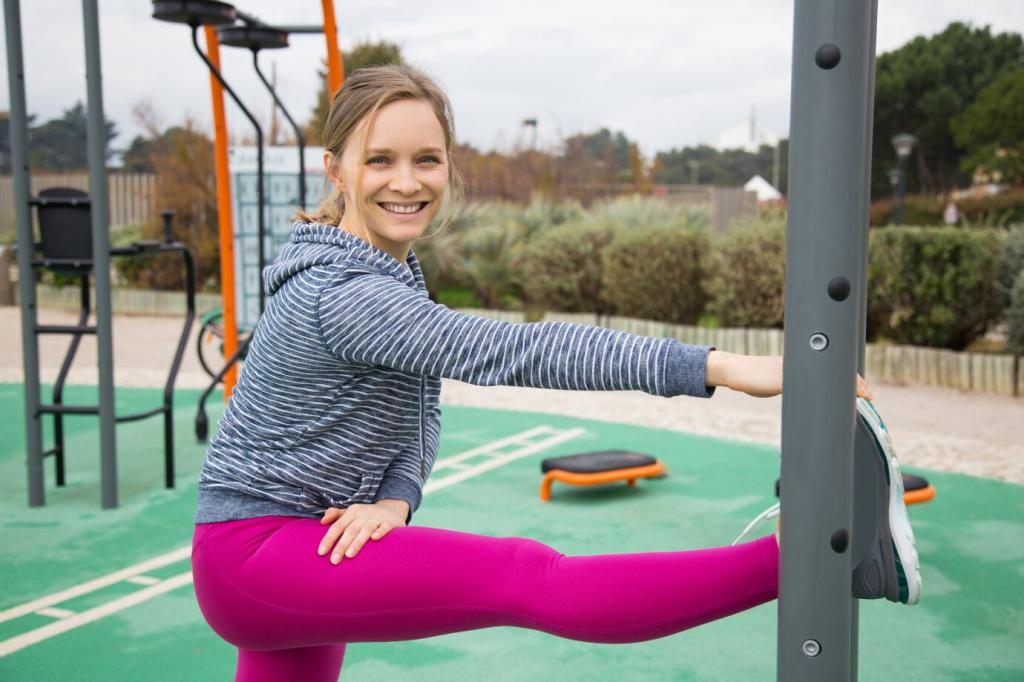

Smart Programming for Equipment-Free Gains
Try three full-body days: push, pull, squat or hinge, core, then a short finisher. Alternate intensities with tempo or pause emphasis. Keep two accessory movements for weak links. Ask questions in the comments, and we will help tailor this template to your schedule and space.
Smart Programming for Equipment-Free Gains
Use perceived exertion to guide sets: stop when your form wavers or breathing spikes. Every four to six weeks, cut volume in half for a deload to consolidate gains. This preserves momentum and joints. Tell us how your first deload felt and what performance rebounded the most.
Sprinkle five-minute resets between tasks: ankle rocks, hip 90-90s, thoracic rotations, and wrist circles for push-up health. Short, frequent sessions beat occasional marathons. Post your favorite two-move combo so readers can try it on a lunch break and report how they feel afterward.
Recovery, Mobility, and Longevity for Bodyweight Athletes
Tendons thrive on gradual loading and consistent practice. Warm with slow eccentrics and isometric holds before dynamic sets. Move through ranges you own, not ranges you wish for. Share one exercise where pausing made an immediate difference in stability and confidence—your experience could prevent someone’s tweak.
